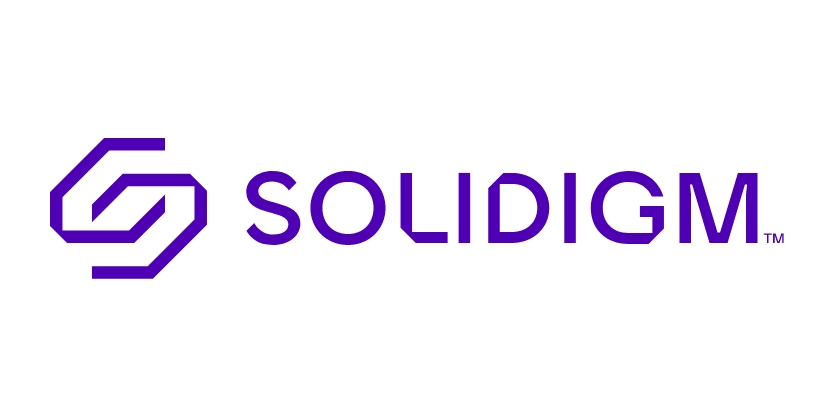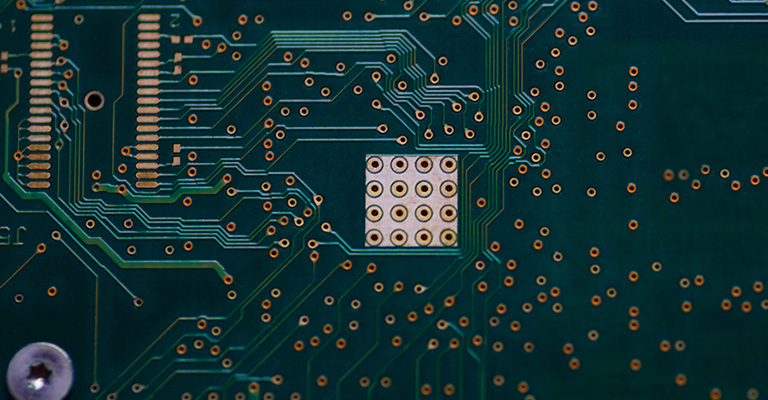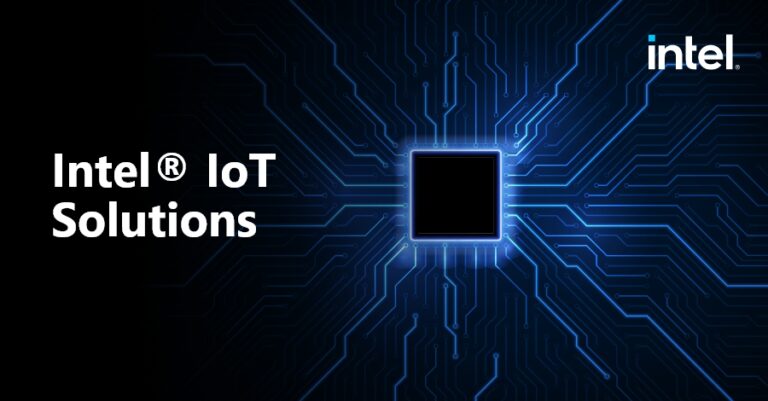Be in with a chance of winning up to £100 Amazon vouchers with our DRIVE quiz
COMPETITION CLOSED
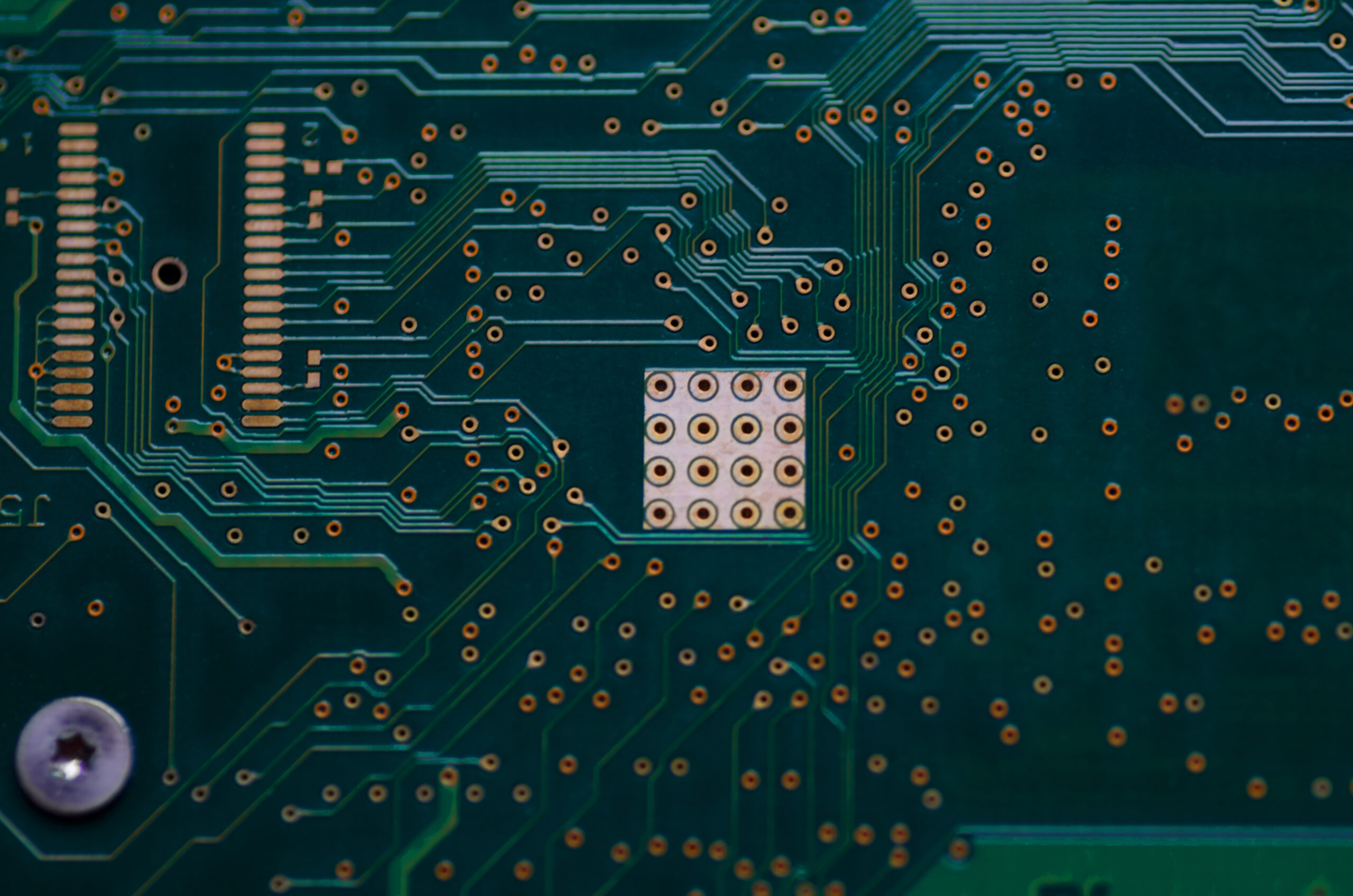
The state of the current market
The immediacy of the threat to the hard drive market, has long been exaggerated. The threat of SSD isn’t as critical as it may seem. It is no secret that HDDs are slower than SSDs, however the cost per capacity remains lower, which is a huge benefit to organisations that need to store massive volumes of data. HDDs are also still relatively common in non-premium consumer devices.
With solid state drives becoming faster, cheaper and more spacious, the use cases for the HDD is definitely shrinking. HDDs are also being pressed from the opposite direction, with the increase in the capacity of magnetic tape, this means the case for using hard drives for archival purposes isn’t quite so strong.
However, HDDs have more storage capacity, and offer easier data recovery if they are damaged. They also have a longer lifespan than SSDs, so they are still a serious player in the market. Although, in an enterprise context, it is expected that the maximum SSD capacity will jump significantly off the back of new technologies, closing the gap on hard drives from a cost per capacity perspective.
The evidence may suggest that SSDs may be better than HDDs if you only want faster read and write speeds, but studies show they may not be quite as eco-friendly as HDDs. SSDs may have a much larger environmental impact than HDDs due to the manufacturing process, but on average they consume less energy than HDDs.

SSD and HDD, what’s the difference?
With the recent drop in PC demand and the speed of SSD adoption, there has been a definitive shift in the reduction of hard drive shipments. Although this drop-off in HDD adoption may look bleak, there is still a case for HDD when it comes to performance-focused enterprise drives and nearline units – bridging the gap between online and offline storage.
Both HDD and SSD have their place in the market, and it all it really comes down to is what suits your business needs the best.
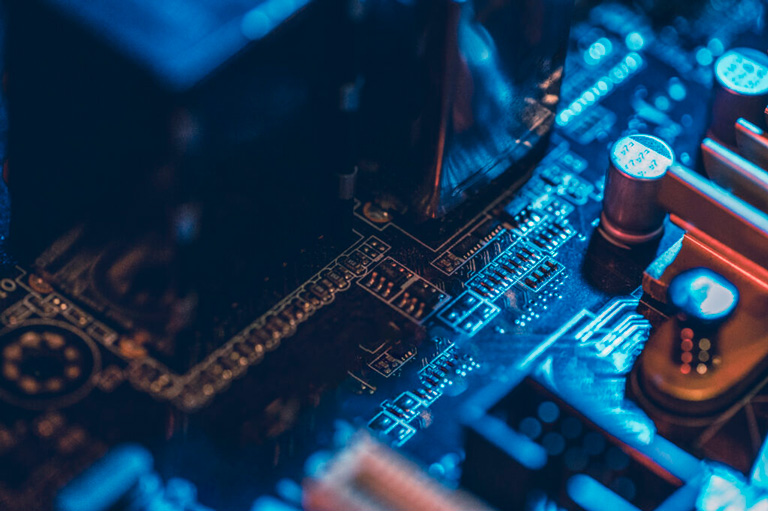
Why SSD?
- Robust: SSDs don’t have any moving parts, making them more robust and a better choice for laptops and other mobile devices. People who shove their laptops into their bags indiscriminately will want the extra security of an SSD. .
- Speed: If you need things done now, spend the extra bucks on SSD for quick boot-ups and app launches. SSDs are the way forward, if you’re looking for speed and performance.
- Long battery lives: Using less power than HDD, laptops may benefit more from longer battery lives with an SSD .
- Low Noise: If you’re recording or mastering music, HHDs can be noisier. Go for quieter SSDs.
Why HDD?
- Capacity: If you’re after a lot of storage space, HDD is the way to go. Great for storing lots of large files, making them good for holding photos, videos and games. You can easily get up to 8TB or more space cheaply.
- Budget: SSDs are typically more expensive per gigabyte than traditional hard drives. Plenty of capacity for the least amount of money.
- General Users: If you download or store large amounts of media files locally, you will need a hard drive with more capacity, SSDs get expensive quickly for big video and music collections.
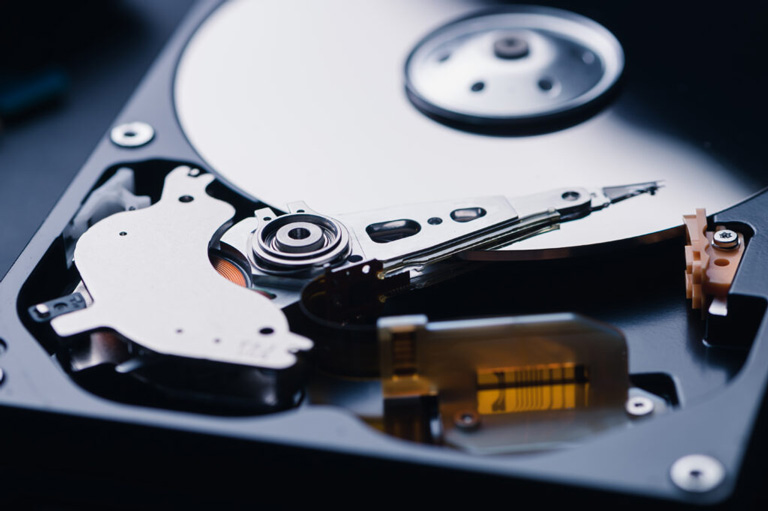
Currently, businesses continue to be best served by maintaining a balanced storage stack comprised of tape, SSDs and HDDs – covering off every use case in the most economical way. The overall takeaway? Hard drives win on price, capacity and data loss recovery. SSDs work best if speed, ruggedness, form factor, noise, or fragmentation are important factors to you.
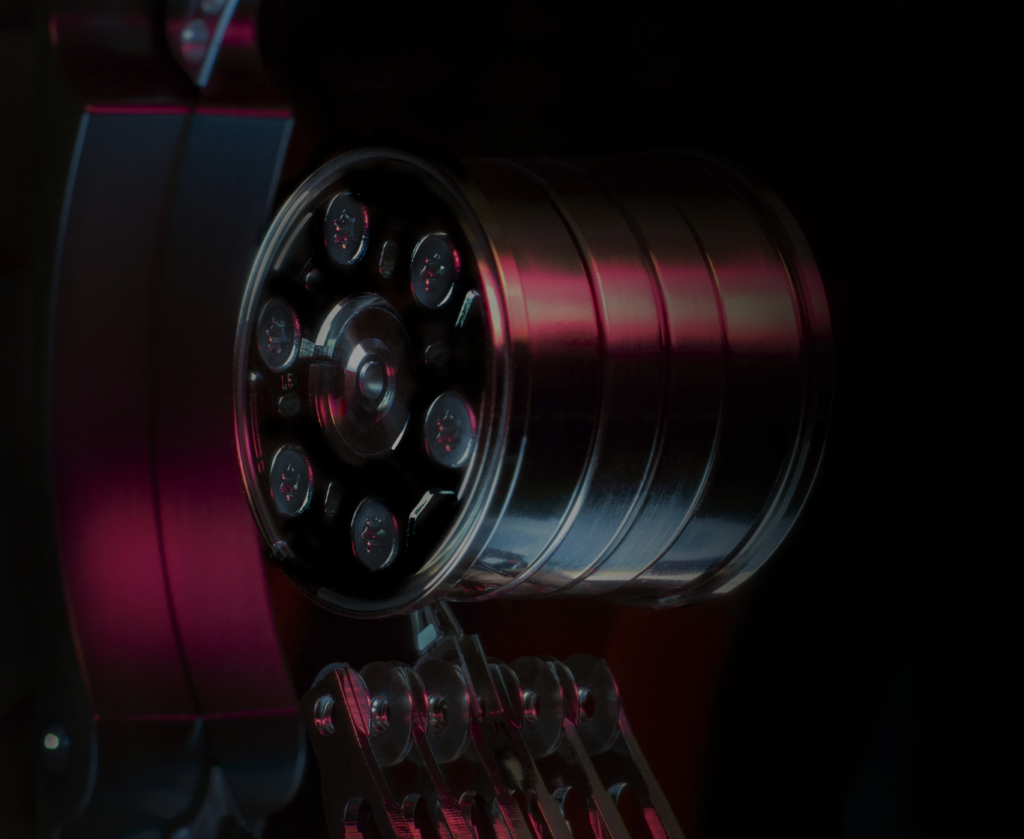
The Problem & The Solution
We hope you have been enjoying our DRIVE blog. This section we look at how Exertis and our portfolio of vendors can offer the solutions to the problems your organisation may be facing. This edition of the DRIVE blog problem focuses on what you can do if your HDD or SSD fails whilst installed in a critical application server.
What do you do if your HDD or SSD fails whilst it’s installed in a critical application server. This can be a major problem for your business!
But what can Exertis Enterprise do to help? If you are part of our Exertis Enterprise Drive Partner program you will receive a 1 year free advanced replacement warranty on all your HDDs and SSDs. This means that as soon as you register your failed unit, our RMA team will send a replacement out to you the same day, enabling you to get your critical application back online as soon as possible. In the background the failed unit is then replaced for credit with our manufacturers. You will get a brand-new replacement drive sent to you before you’ve even returned the faulty drive. *Subject to availability*
A word from our DRIVE Partners…
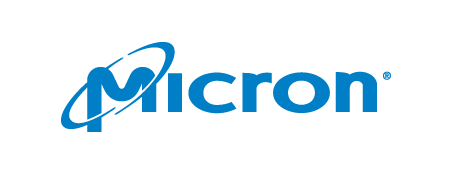
By 2025, global data creation is predicted to reach 463 exabytes daily. This is an exponential increase from the estimated total of 44 zettabytes of 2020. But your customers can do more than just prepare to withstand the data deluge. With the right flexible, scalable memory and storage infrastructure in place, they can leverage this data to make smart business decisions and capture actionable, insightful intelligence.
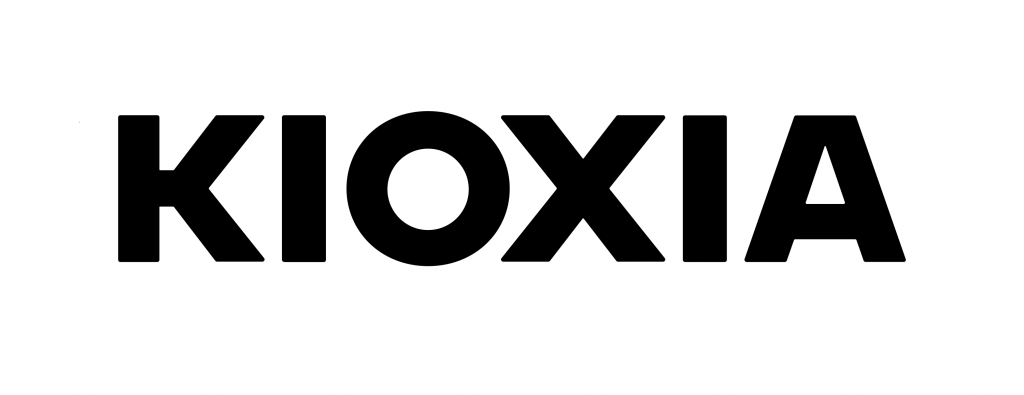
The enterprise data center needs non-stop storage with high levels of performance and reliability. It requires continuous innovations to keep applications running effectively and efficiently, delivering more value with each generation of SAS and NVMe™ technologies. Enterprise SSDs offer a range of performance, endurance and capacities to fit servers and storage systems in any configuration from a single server to racks of servers and storage.

Which is better for me, SSD or HDD? The answer depends on you, and how you use your computer – Solid State Drive (SSD) and Hard Disk Drive (HDD) have advantages and disadvantages.
Solid State Drives (SSDs), including embedded flash drives, have become more and more popular. With no moving parts, they can read, write, and access data faster than HDDs. Many computers and tablets are now equipped with an SSD pre-installed instead of a traditional hard drive. Solid state drives typically access data faster, accelerate apps, and speed-up a computer’s boot-up time.
Hard Disk Drives (HDDs) have been a trusted data storage device for decades now. They are typically lower in price than SSDs and are available in higher capacities. Their biggest advantage is being able to store lots of data cheaply. However, moving parts, vibration, and high temperatures have always been a potential issue with HDDs.
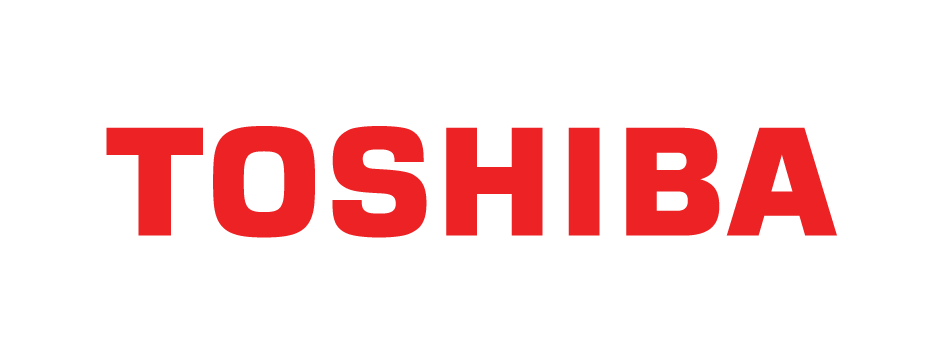
HDD and SSD will continue to co-exist, and discussions about whether SSD will ever fully replace HDD have now ended. The world’s ever-expanding need for greater online storage capacity at a low cost can only be feasibly addressed by HDDs, so their future is assured for many more years to come.
In 2020, the entire storage component industry manufactured approximately 1200EB (that is 1,200,000TB) of total capacity. Only about 200EB of this was based on SSD technology, with the 1000EB majority being provided through HDDs. That equates to a ratio of 5:1. The cost-per-capacity associated with SSDs continues to drop, but this is also true for HDD costs due to the engineering advances. The 5:1 ratio is expected to drop to around 4:1 in terms of total capacity split between HDD and SSD, but as the total storage capacity continues to grow almost exponentially there will be greater demand for both technologies. As the expression says, “the rising tide lifts all boats.”
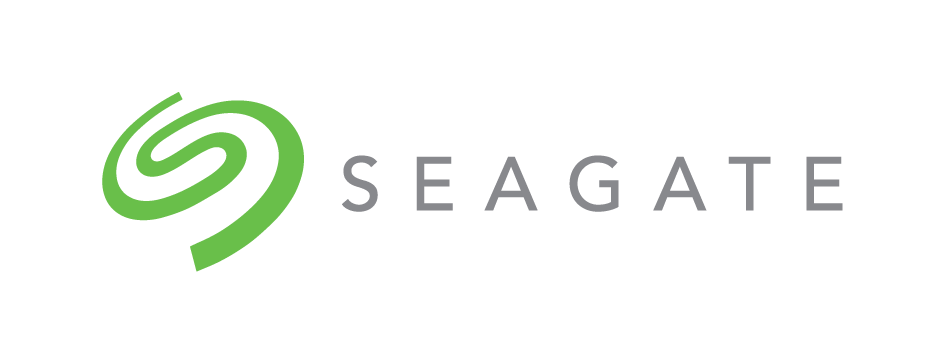
We live in a data economy and as both consumers and businesses we’re all active participants. In the data economy, data is the currency. We exchange it, we transact with it almost every day. It’s dynamic and in the enterprise, it flows in and out of our organisations, between departments and cross-functional teams. The data economy is about to undergo explosive growth. By 2025, humans will have created almost 180 zettabytes of data — that’s up from 18 zettabytes in 2015.
Over the past decade, we’ve witnessed the third major IT revolution since the invention of the computer — the emergence of cloud computing, where data is created and captured on billions of endpoint devices and then uploaded to centralised IT infrastructure. The next step is IT4.0 — the fourth major IT revolution — and the rise of the edge. This is where data is processed and stored as close to the data source as possible and is being driven by the proliferation of Internet of Things devices and 5G connectivity. In this new world of open, hybrid architectures, data stewardship is not constrained within the boundaries of the IT function but instead democratised across inter-department teams. This is enabled by a DataOps model which allows full access to disparate datasets, and an environment for AI-powered innovation, paving the way for predictive insights that drive digital transformation and competitive advantage.
Seagate is uniquely positioned to help solve these operational and architectural data management challenges. We have been a storage innovation leader for more than four decades. Partnering with our customers to reduce the cost and complexity of their infrastructure, enabling them to store more data, create more value from it and ultimately win in the data economy.
Pierre van der Elst, Senior Vice President, Global Channel, Consumer and Distribution at Seagate
Exertis Enterprise DRIVE – Boosting your performance

Advanced
replacement warranty

Pre-qualification
samples

Roadmap and
market updates
Our DRIVE Partners


